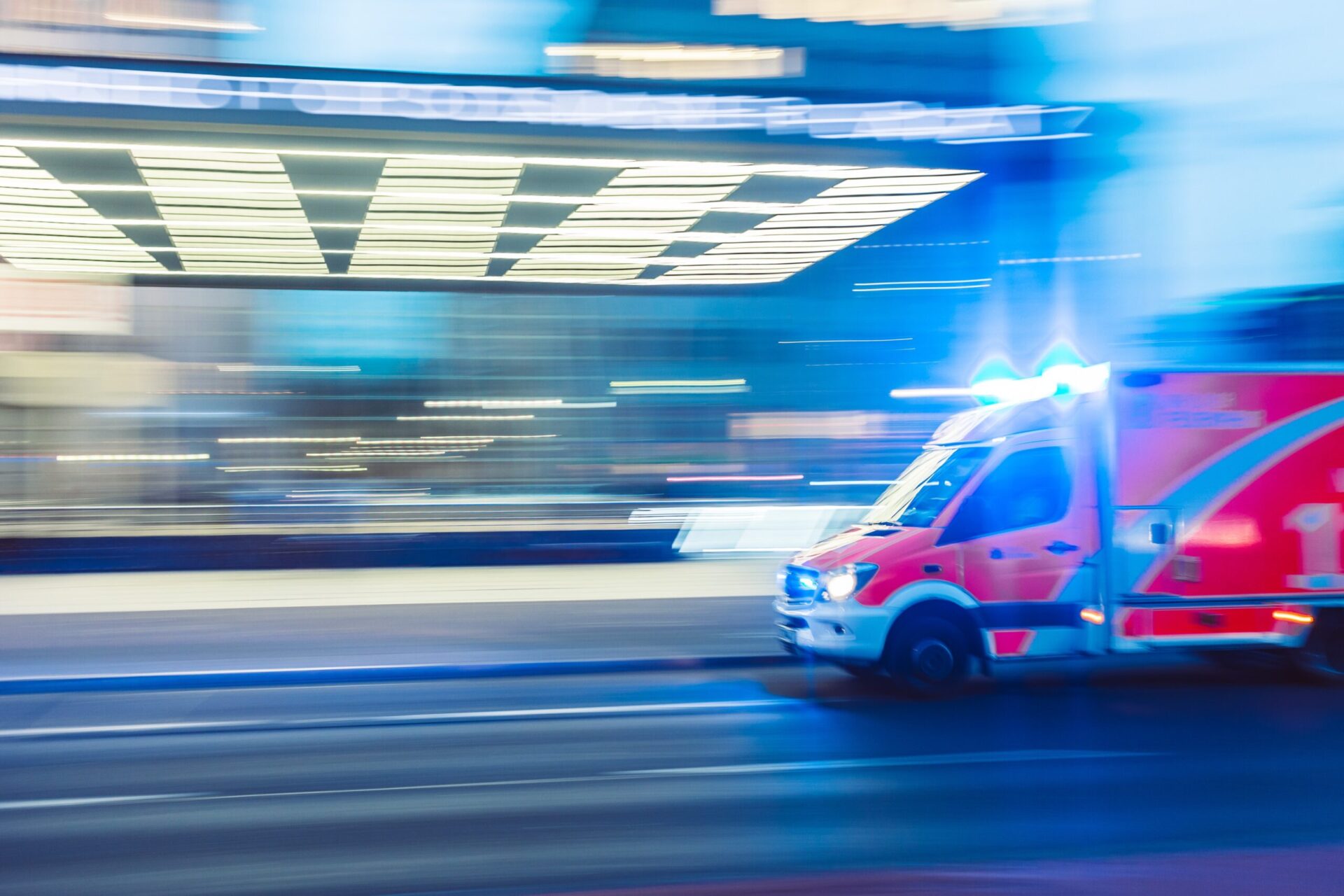BILL VAJDA SERVED as city manager of Marquette from 2010 to 2015. He subsequently went on to become the chief information officer in Alaska, and is now chief information officer for the US Department of the Interior. The following is his story as published in Rural Insights:
My COVID-19 Near-Death Experience
At the onset, I was fine one day, and almost completely debilitated the next. While teleworking from home, the virus attacked with the speed of a light switch. Overnight, I went from normal temperatures to fevers of 102+ degrees. I lost control of my ability to regulate heat; I endured excruciating headaches – the worst of my life.
My mind was slipping into delirium from the pain, when the next set of symptoms set in – fully body agony, with particularly strong pain in my abdomen – the feeling like a knife was rubbing across my body for days. It was at this point that the full-body convulsions set-in, and with each one, I felt a little more of my life force slipping away, I knew that I was dying.
At this point my wife called the hospital, and an ambulance took me immediately to the ICU. The impact to healthcare facilities is enormous -lots of ad-hoc adjustments to creating quarantine barriers, full moon-suits for staff, field morgues – many new processes under tremendous pressure. I was stabilized, and within a day had the test results confirming I was COVID-19 positive.
The attending physician was candid when sharing the results: They had done all they could for me, and I wasn’t getting better. To stay at that hospital would be a death sentence, and they needed to transfer me to a bigger facility with greater potential for the expertise my care required.
I was transferred to Johns Hopkins Medicine in Baltimore, where teams of healthcare professionals stabilized me, and bought my body the time it needed to fight the disease. They treated the symptoms, easing the pain and nausea, allowing me to sleep, and eventually to digest solid food. As a new virus, I was part of a multi-pronged test using every drug in the arsenal.
It became clear that existing vaccines are only partially effective – and the race to find a cure takes on new urgency every day. While in the hospital, I became disturbingly normalized to hearing “Code Blue” about once every two hours – recognizing that another victim had succumbed to the virus.
Eventually, the medical team bought me enough time to recover. After three weeks, I remember turning the corner, the first day without pain, and finding within me hope for the future again. There were a few early days where I knew my continued existence was touch and go.
I am grateful to be alive. I am extremely thankful for my beautiful wife (also a COVID-19 survivor) and family, who bore a terrible burden during this period, living with the stress of watching my hospitalization from a distance, not knowing if they would ever see me alive again. I am grateful for all my friends who checked in – from all over the U.P., Michigan, and the Globe – for keeping me in their thoughts and prayers.
As I recover and rehabilitate, I reflect on the experience. Early action requiring quarantine and social distancing bought me time. Early attention to preparing medical facilities and medical staff bought me time. Early attention to preparing my family for life in quarantine bought me time. Every leader at all levels of government who correctly identified the threat early, and took immediate steps to mitigate attendant risks bought me time.
When I was finally diagnosed and treated, the best preparations had been made, and allowed me to cross the finish-line before the virus prevailed.
For leaders and decision makers at all levels of government, the lessons learned are straight forward: Take the risk seriously. Mitigate the risks as quickly and effectively as possible. Use every tool at your disposal, and use the best judgement possible with the information on hand.
In the US, a country of 360,000,000 million people, we have suffered at this writing over 500,000 infected, and over 22,000 deaths – approximately the same population as my hometown, Marquette Michigan.
The virus doesn’t differentiate between urban and rural, and the response shouldn’t either. The lessons learned at all levels of government are the same and scale down to every life lost to the scourge of COVID-19. Early action and sustained vigilance will surely enable all of us to share the light at the end of the tunnel together.
Stay up to date with Rural Insights by joining our mailing list.
Follow Rural Insights on Twitter at @RuralInsightsUP


